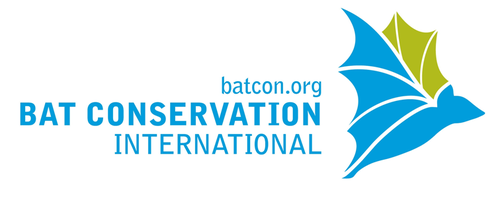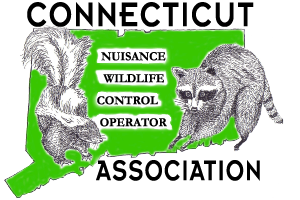Preventing Wildlife From Your Home
Wildlife finding shelter in your home can be a costly nuisance and put you and your family at risk of several transferable diseases. Although the animals are only seeking shelter, the damages and messes they leave behind can irreparably harm your home and cost a fortune to fix. This is why taking proactive steps by adding home prevention techniques can be highly beneficial.
Almost every conflicting situation where animal damage leads to animal removal could be prevented. Whether it's the raccoon in the chimney or attic, the squirrel loose in the basement, or an animal in your living space, there are steps you can take to minimize the chances of it happening to you. Open uncapped chimneys are an invitation for animals to enter through a furnace exhaust. Tree branches overhanging the roof-line give squirrels and raccoons easy access to the building. The majority of wildlife control dollars spent each year are a direct result of human decisions neglecting the preventative actions that would keep wildlife in the wild and dollars in the bank.
Anyone who seeks to protect his or her property from wildlife encroachment provides a fundamentally sound investment. That investment not only protects the animal world by keeping them in their natural habitats but it protects the property owner from costly removal and repair expenditures.
Prevention Techniques For Homeowners
Preventing animals from entering your home doesn’t have to be complicated. Here are some simple steps that the average homeowner and property owner can do:
Seal all entry ways
Don’t leave food or pet food outside
Properly store your garbage
Seal all entry ways
Regular garden maintenance
Clean the outside BBQ or grill
Keep the attic dry
Prevention Techniques From The Professionals
Almost every conflicting situation where animal damage leads to animal removal could be prevented. Whether it's the raccoon in the chimney or attic, the squirrel loose in the basement, or an animal in your living space, there are steps you can take to minimize the chances of it happening to you. Here are some preventative techniques from a professional:
Chimney caps
Underground fencing
Roof vent covers
Looking into wildlife prevention techniques?





